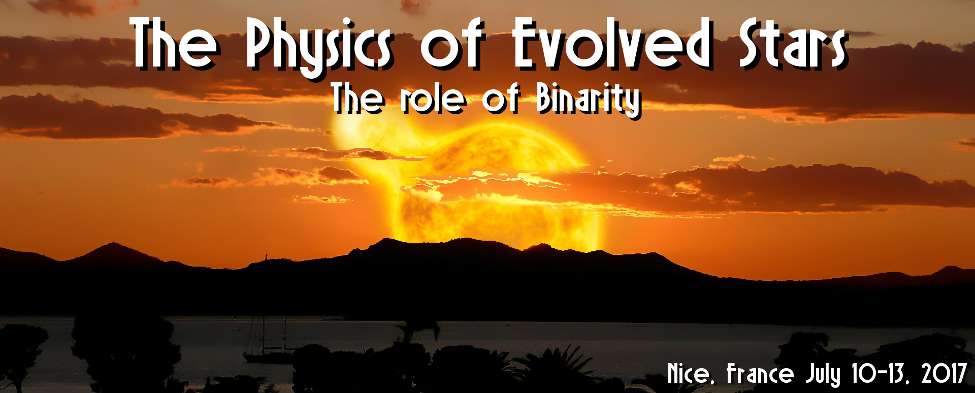Wind mass transfer is a common phenomenon in low-mass binaries containing asymptotic giant branch (AGB) stars, as a result of their slow (5-30 km/s) stellar winds. Binary evolution models treat these winds as isotropic, predicting a gap in the orbital period distribution of post-AGB binaries between 1-10 yr. However, most post-AGB binaries have periods in this range, indicating that strong interaction between the wind and the orbit must have occurred. We perform hydrodynamical simulations to model wind mass transfer in binary systems containing an AGB star. We study the amount of material accreted by the companion and the specific angular momentum lost from the system as a function of the terminal velocity of the wind. We use this to predict its orbital evolution. We show that the interaction with the companion is strongest at low terminal velocities. For terminal velocities larger than the orbital velocity of the system we find a Bondi-Hoyle-Lyttleton flow and we reproduce the isotropic wind mode, leading to a widening orbit. However, for low wind velocities an accretion disk forms and the angular momentum transferred to the outflow implies that the orbit will shrink.

 PDF version
PDF version
